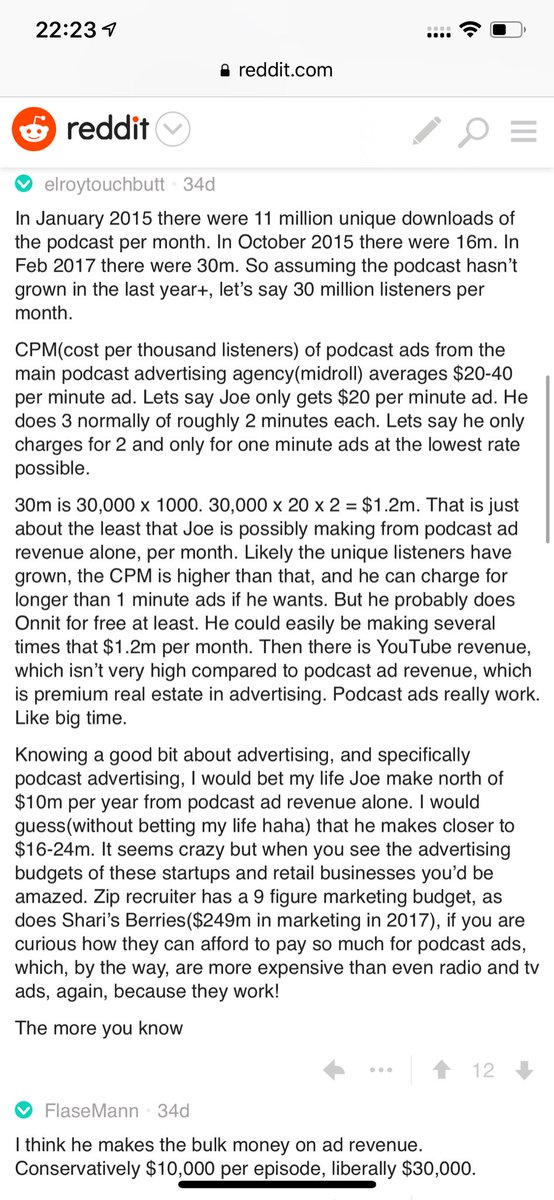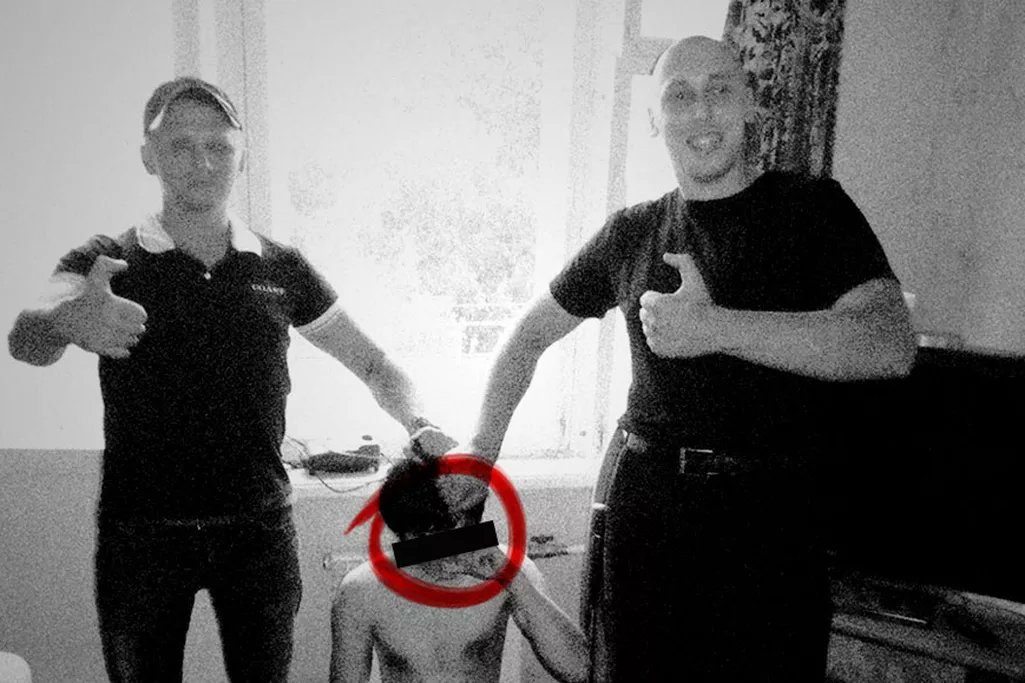(THREAD) The main problem with that @DanDrezner piece in the Post is that it's an international politics prof writing about the field in which I'm a professor—communications. No one in communications would *ever* compare the blogosphere to either Twitter or Substack. Here's why.
I still find that problematic in many ways.
More from Seth Abramson
By the time I introduced Donald Trump to the Egyptian president in September 2016, a politically motivated surveillance operation by at least the UK and Australia was targeted at me and the campaign for seven months. Who authorized that? Congress has the answers.
— George Papadopoulos (@GeorgePapa19) October 7, 2018
2/ Trump's legal duty under the federal aiding and abetting statute not to do anything that might induce further Russian attacks was officially triggered on August 17, 2016, at his first classified briefing. Why was he meeting with a "Kremlin intermediary" weeks after this date?
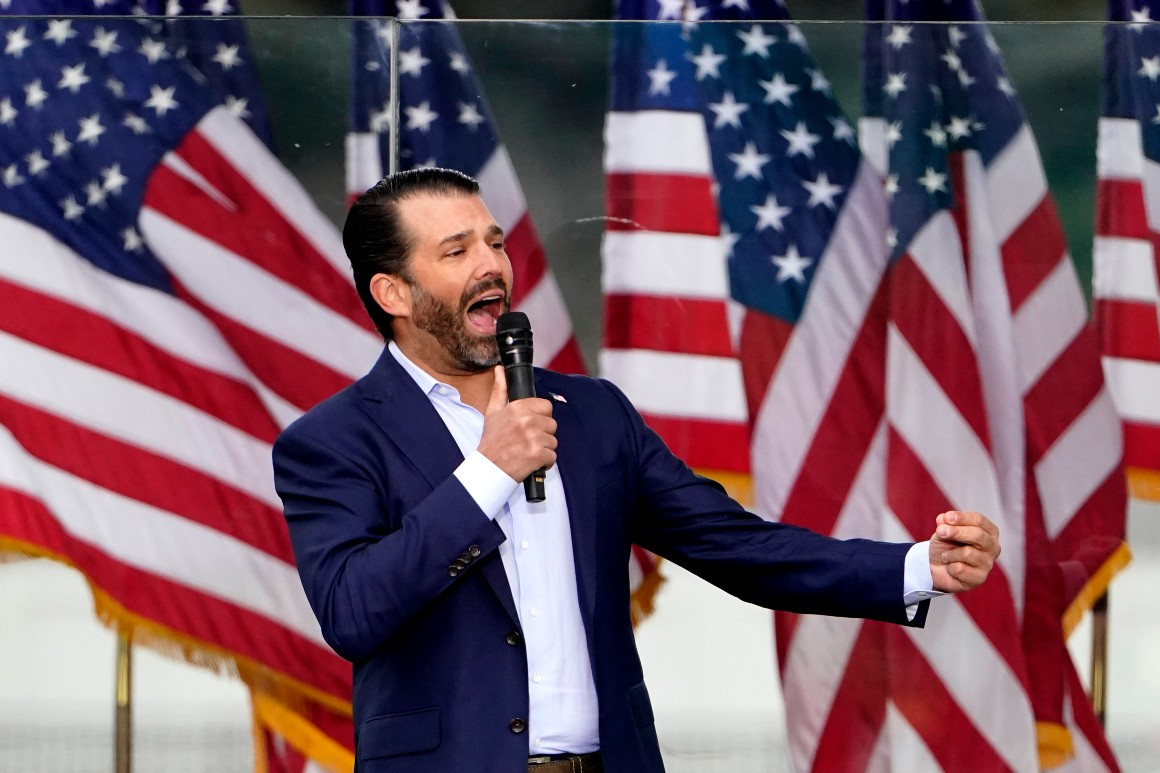
1/ If you haven't yet seen my analysis of Trump's January 6 "incitement to insurrection" speech, you can find it at the link below. This thread will look at four shorter—but deeply consequential—speeches just before Trump's, all by Trump allies or family.
(THREAD) Media has yet to do a deep dive on precisely what Trump *said* in his January 6 speech in DC\u2014a speech now called an "incitement to insurrection," and the basis for an article of impeachment coming Monday. This thread unpacks the speech. I hope you'll read on and RETWEET. pic.twitter.com/ba6eaNScNW
— Seth Abramson (@SethAbramson) January 9, 2021
2/ DONALD TRUMP JR.
Trump Jr.'s speech on January 6—which ended less than an hour before his father incited an insurrection—is one of the most inscrutable of the day, because its beginning includes some promisingly responsible rhetoric. Then it descends into madness and chaos.
3/ "I'm looking at the crowd here, and you did it all [congregate here] without burning down buildings! You did it without ripping down churches! Without looting! I didn't know that that was possible!" Within 2 hours of his speech, Don Jr.'s audience would be looting the Capitol.
4/ So obviously Don Jr.'s opening is ironic to a historic degree, but this isn't the first time we've heard this rhetoric from him. He habitually ignores right-wing violence because he knows that his chief rhetorical canard—which marries progressivism and violences—gets applause.
Trump has been telling a number of people he\u2019s in contact with that he expects he will get reinstated by August (no that isn\u2019t how it works but simply sharing the information). https://t.co/kaXSXKnpF0
— Maggie Haberman (@maggieNYT) June 1, 2021
1/ Journalists need to be very careful in how they discuss this breaking news. Individuals who have provided cover for Trump repeatedly in the past—like Maggie Haberman—are reporting evidence of a possible seditious conspiracy as mere loose talk from an addled man. Sorry, but no.
2/ There are efforts afoot now in GA, AZ, NV, and WI to delegitimize Biden's victories there. Meanwhile, Trump advisors Flynn and Powell are saying that once those victories are delegitimized, the military should move in. If Trump is in on the conversations, it's a coup attempt.
3/ As anyone who has ever read a book or watched a movie or taken a history course knows, the most important element of a coup is the agreement of the individual who'll be installed as a nation's new president to participate in the installation. Without that there can be no coup.
4/ What Trump is privately doing, according to the NYT, is the *opposite* of what Lyndon Johnson famously did in saying that even if nominated he wouldn't run for president. Trump is telling the coup conspirators that he *will accept a re-installation* if they can make it happen.
New reports show more and more evidence Michael Flynn ran a collusion channel to Russia for Trump's campaign https://t.co/upgnbTAkAh pic.twitter.com/6LNtrXaSf7
— Jonathan Chait (@jonathanchait) October 20, 2018
2/ Trump had two opportunities to formally name Flynn and his co-conspirator Erik Prince to his NatSec team during the 2016 campaign—he declined to do so *both times*. In the criminal justice system this is evidence of consciousness of guilt. Trump knew what these men were doing.
3/ That Trump sought out Flynn—not the other way around—in August '15, and began using him as his chief NatSec adviser right away, but never put him on his National Security Advisory Committee is critical evidence that Flynn was working on projects that had to be "off the books."
More from Politics
What would that "look like" in reality?

So a massive adult film star in all his glory is included in an official FBI government filing
Perhaps the explanation is that Patriots are in control.
— David Burney (@jdburney1) February 6, 2021
\U0001f923\U0001f923\U0001f923\U0001f923 https://t.co/W3S8TgeY74
Hunter Biden's book is categorized as "Chinese
Patriots in control?
— David Burney (@jdburney1) February 6, 2021
\U0001f923\U0001f923\U0001f923\U0001f923 https://t.co/p0rEyfd2DW
TIME admits to "conspiracy" to "not rig, rather
TIME admits stolen election, with spin!
— David Burney (@jdburney1) February 6, 2021
"They weren't rigging the election, they were fortifying it."
Recognize the Ministry of Truth? How many things in the last few years have been redefined to be the opposite of reality?
Google the definition of "bigot" if you doubt me. https://t.co/CNU888fxr4 pic.twitter.com/UEhRBOtUB6
A "pillow guy" has military-grade intercepts detailing the IP addresses and device MAC IDs of EVERY incursion into every county in the
God bless the pillow manufacturer.
— David Burney (@jdburney1) February 6, 2021
The last 30 minutes details where every single incursion is recorded including IP and MAC addresses. 100% proof. pic.twitter.com/P5MVb1xGNC
You May Also Like
The full story of || Dhruv ||
We’ll see How Dhruv occupied a fixed position in the northern sky?
I repeat “Untold Unsung now Unearthed”
Go through entire thread carefully.
OM NAMO BHAGWATE VAASUDEVAAY
RT & spread the knowledge.
Any questions use #AskPratz
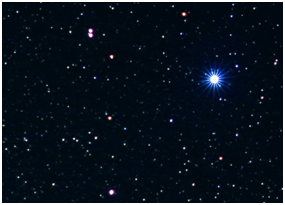
.... continuing from previous thread/story
O prince! Thus concentrate on that omnipotent eternal Lord with the mantra - ‘OM NAMO BHAGWATE VAASUDEVAAY’ .
https://t.co/H62ehDT3ix
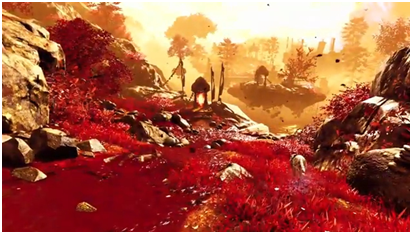
So you too go and recite the same mantra in order to please Lord Vishnu.
— Prateechi \U0001f6eb\u2708\ufe0f\U0001f6e9\ufe0f (@BahuRaani) February 6, 2021
\u2026To be continued
It\u2019s a beautiful long story. Read it to your loved ones.
(Next Weekly Thread)
We\u2019ll see How Dhruv occupied a fixed position in the northern sky?
Stay Tuned
Jai Maa
_/\\_ pic.twitter.com/7TxdNsoZes
The prince Dhruv greeted the sages and continued on his journey. At last, he reached a beautiful forest Madhuvan on the bank of the river Yamuna. It was the same forest, which was later occupied by a demon Madhu.

Shatrughana, the youngest brother of Sri Rama had killed demon Lavan, son of Madhu in the same forest & founded the township of Mathura. In the same forest, prince Dhruv decided to carry out his penance. As per the dictate of the sages, he began to recite the mantra continuously
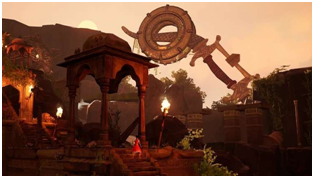
Very soon, the earth began to move because of Dhruv’s severe penance. Even the seat of Indra could not remain stable. A stampede resulted among the gods. The gods then hatched a conspiracy to disturb the penance.
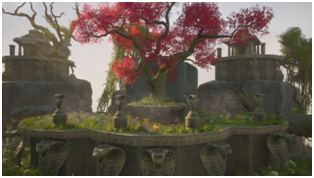
The Swastik is a geometrical figure and an ancient religious icon. Swastik has been Sanatan Dharma’s symbol of auspiciousness – mangalya since time immemorial.

The name swastika comes from Sanskrit (Devanagari: स्वस्तिक, pronounced: swastik) &denotes “conducive to wellbeing or auspicious”.
The word Swastik has a definite etymological origin in Sanskrit. It is derived from the roots su – meaning “well or auspicious” & as meaning “being”.
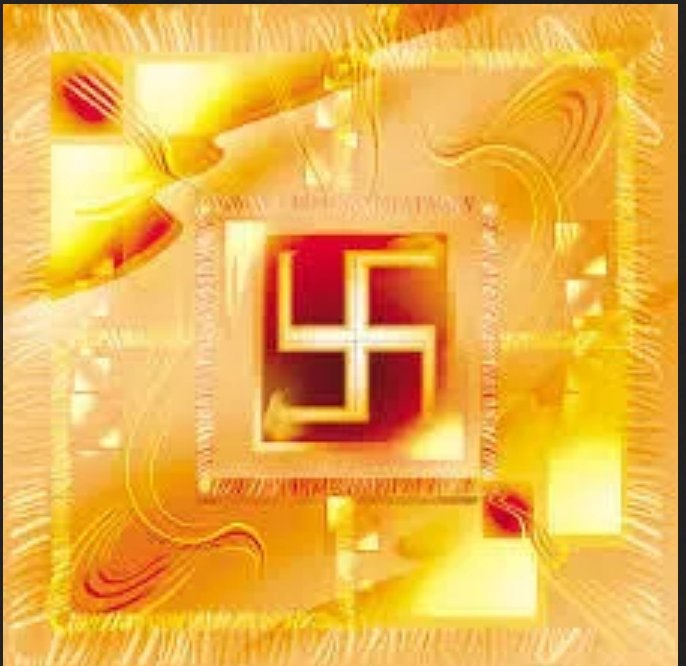
"सु अस्ति येन तत स्वस्तिकं"
Swastik is de symbol through which everything auspicios occurs
Scholars believe word’s origin in Vedas,known as Swasti mantra;
"🕉स्वस्ति ना इन्द्रो वृधश्रवाहा
स्वस्ति ना पूषा विश्ववेदाहा
स्वस्तिनास्तरक्ष्यो अरिश्तनेमिही
स्वस्तिनो बृहस्पतिर्दधातु"

It translates to," O famed Indra, redeem us. O Pusha, the beholder of all knowledge, redeem us. Redeem us O Garudji, of limitless speed and O Bruhaspati, redeem us".
SWASTIK’s COSMIC ORIGIN
The Swastika represents the living creation in the whole Cosmos.
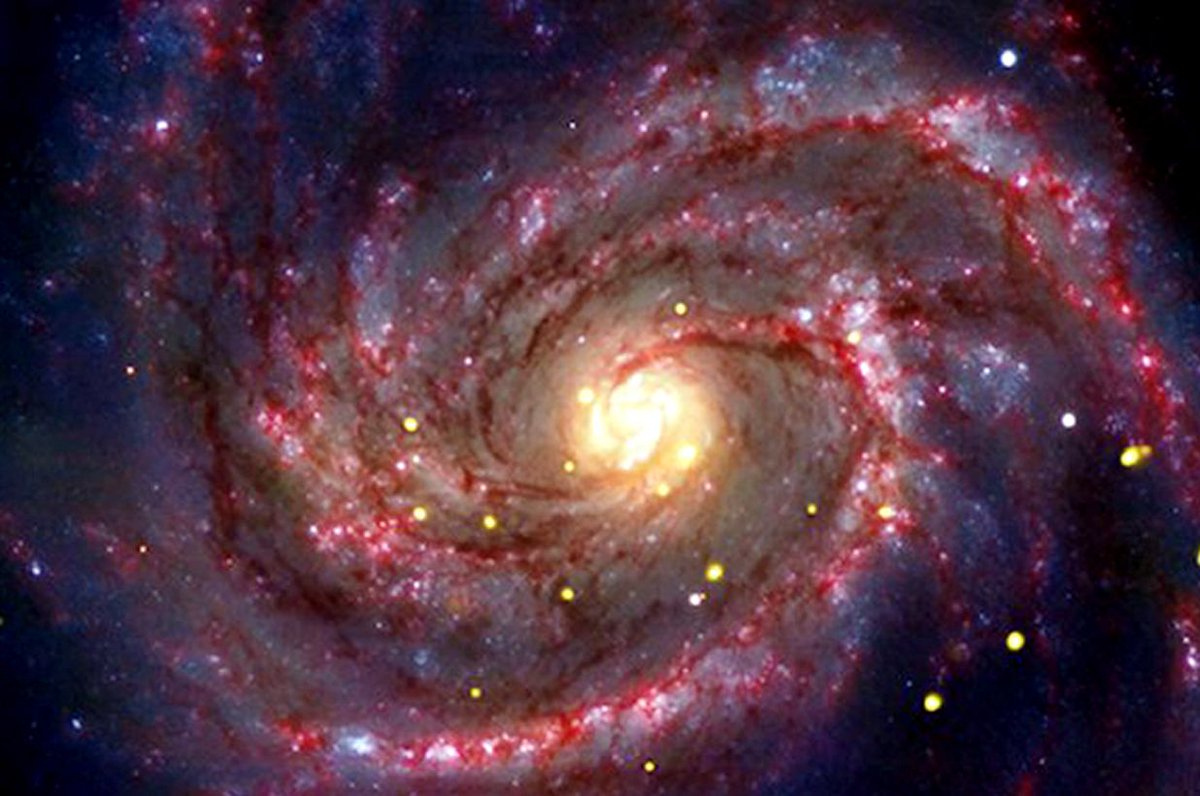
Hindu astronomers divide the ecliptic circle of cosmos in 27 divisions called https://t.co/sLeuV1R2eQ this manner a cross forms in 4 directions in the celestial sky. At centre of this cross is Dhruva(Polestar). In a line from Dhruva, the stars known as Saptarishi can be observed.
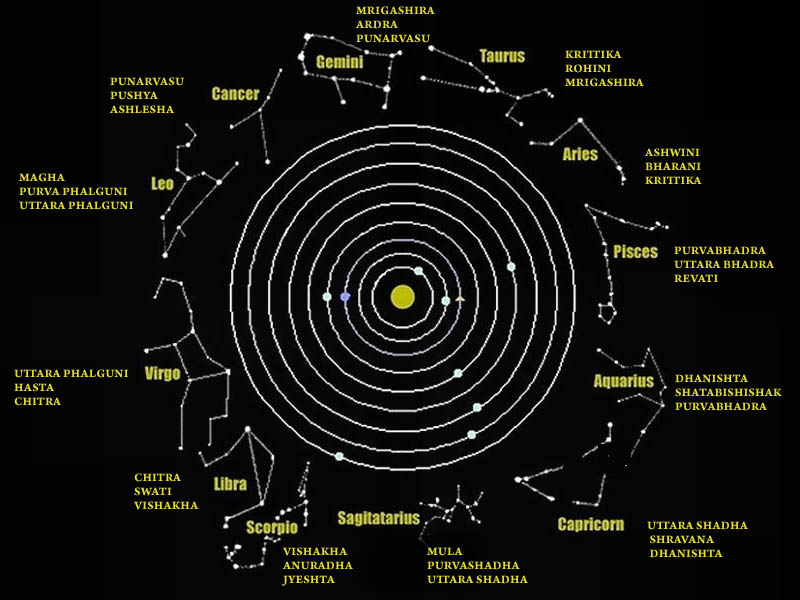
Independent and 100% owned by Joe, no networks, no middle men and a 100M+ people audience.
👏
https://t.co/RywAiBxA3s
Joe is the #1 / #2 podcast (depends per week) of all podcasts
120 million plays per month source https://t.co/k7L1LfDdcM
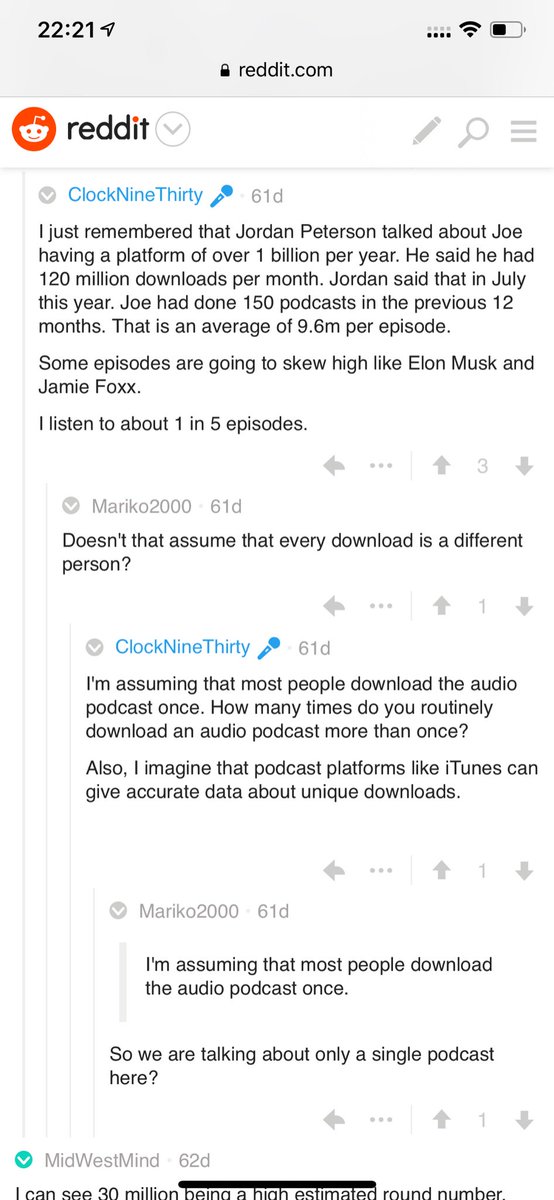
https://t.co/aGcYnVDpMu
